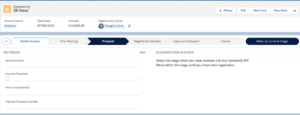I am involved in a lot of Salesforce Sales Cloud projects, from initial implementations to rebuilds and refreshes; and everyone will at some point include a discussion about Opportunity Stages. As such I wanted to share some of my learning and suggestions to help you get the most of this vital element of Salesforce. If you get the Stages correct, not only will your sales meetings be more succinct, but your Sales people will be confident in selling and your forecasting will be much more precise.
Almost every time I discuss Stages I find the same errors and it is often due to a misunderstanding of what a stage is in the sales process. To be clear a Stage should be a clear chronological point within the sales process that is easily defined and presents an increase in the chances of you closing the deal. It is worth noting that this is closing – not just winning – the deal. I mention this as if an Opportunity stays in the same stage for too long then it is often a good indicator that you are not going to win it and to consider closing deal as Closed Lost. Each Stage will have its own maximum length but, as every good sales person knows, success is all about knowing when to let go so your time can be spent on good Opportunities.
So how do people deviate from this definition? There are a number of deviations that I see frequently, these are:
Using non time specific Stages
It is not unusual that there is a stage being used which is actually something ongoing throughout the sales process such as ‘Business Case’. In this example you should be building your business case all the time. If you use a solution selling approach then you should have the majority of this tied down in the first couple of calls, or even before you convert it to an Opportunity from a Lead. But the reality is that you are probably adding to the business case whenever you speak with a new contact or decision maker naturally as you move through the sales process on larger deals. Due to this I would suggest that it is not a specific stage but actually part of all stages up to a certain point. There may be certain information relating to business case that you should have before advancing through some stages, but this should be handled through suggested fields and validation rules rather than the Stages themselves.
Using Stage names which don’t have specific meanings
If it is not clear what a Stage means then the sales people will be unsure and feel less confident in selling. If a Stage is ambiguous then how do you know if a deal is forecasted correctly? The ambiguity passes from the salesperson to manager and is reflected in your sales meetings. An example of this is Agreement to Proceed. Every sales person I have ever worked with or met (including myself) would have an argument to make that for any Open Opportunity that they have had agreement to proceed with the process. This brings strong bias into play, for instance should this be an email, comment on a call, RFP, Introduction to the CEO or being invited to Twickenham for England vs New Zealand? It is very hard to say exactly what this means and as such it should be made more precise, for instance Proposal Requested which has a precise, documented point in time and clear advance in the likelihood of closing the deal.
Using Stages which should be shown in other ways
It is very easy to fall into the trap that Stages should show you every step, however (as we will get onto) the number of Stages is important and should not be overused. In the majority of cases though there are stages like ‘Contacted’ which should be implicit and shown on reports such as an Activities with Opportunities rather than within the stages, especially as there could be multiple contacted points.
Another example of this that I come across frequently is multiple stages for Closed Lost with reasons. I would recommend that you have a single Closed Lost stage and the use Validation rule to require a reason for it being lost in another field. This way you can have much clearer reporting on lost reasons and get more details. For instance if you lose to a competitor then record which competitor it was. If this is required then the sales people will ask the question. If it is not, then trust me when I say that they will not ask for it and you will lose out on vital information.
Using too many Stages
How many is the right number is individual to each company and the type of sales you do but between 5 and 8 is normally about right. If you have to many then your screen will look like this:

No one likes to see those arrows. Not only do you not know where you stand but it also looks like hard work to get to the end. Also, you don’t even know what the stages are called. It is much better that it looks like this:

Here it is clear what you need to do, you can read the stages and as such you know exactly where you stand leaving you free to get on with selling.
Expecting every Stage to take the same amount of time
This is simply not the case, you should be in the first holding stage for instance for a small amount of time whilst a stage like Proposal can take much longer. Don’t try and split it down, just know the time scales for each Stage and work to those expectations.
Not using all the tools available
There are a few examples of this such as the Einstein tool which helps with probability calculations, Forecasting tools and the Lightning Sales Paths. The last of these is very simple but very powerful as it helps you define for the sales people, not only exactly what a stage means but also up to five fields which should be populated when at the stage. This displays dynamically as such:

This makes using Opportunities much quicker and clearer for all concerned.
As you can see there are clear rules for how to create Stages correctly but how should you go about it? I recommend doing the following:
- Take a look at your top 20 Closed Won Opportunities and break down what happens when. Put this into a spreadsheet and you will be able to see set patterns in what happens when.
- Write out the stages from the analysis and put them into a clear Chronological order. If something doesn’t seem to fit into a chronological order then it probably doesn’t fit and should be recorded another way.
- Take a look at the stages remaining and work out if there are definitive stages which are required to close a deal or if they should be recorded in another way. For example I often see Proposal requested, Proposal completed, Proposal presented, Proposal Accepted, Negotiation. These are clear in their Order and what is required but if you have them all you increase the Admin time for little advance. I often suggest having Proposal followed by Negotiation. The truth is that the first three of these Stages you have seen little or no actions from the client and as such all of them would have the same probability. This means that there is no point in having multiple stages for the same point. Conversely the last two Stages actually mean the same thing as once the Proposal is accepted you are in negotiation so you might as well move straight there.
- Get your sales team involved in the naming the stages. They should be no more than three words and the definitions should be precise, so get their buy in as early as you can. It will only work if they are invested in the change and know what they are doing.
- Get someone else involved from outside of the Sales team and explain your stages to them for a fresh set of eyes. This will often prove very useful as if you can’t explain them easily, they are not easily understood and need to be tweaked. This tweak is often just a change in name or a redefinition of when one stage starts and finishes but will make all the difference.
By this point you should have clear Stages, an invested sales team and have avoided the pitfalls that a lot of companies fall into. This will not only help you internally but is very likely to give you a step up on your competitors. So, make it live, re-evaluate in a month and keep a note of how Sales meeting change and forecasting improves.


